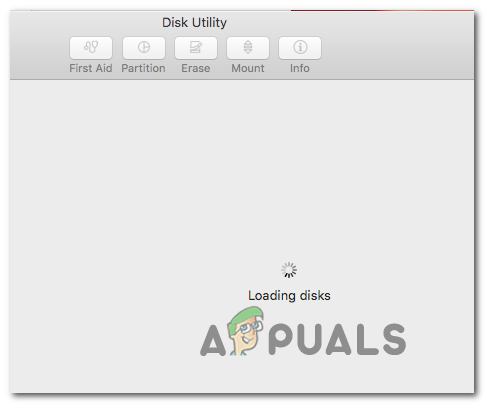

- #What is disk utility mac how to
- #What is disk utility mac archive
- #What is disk utility mac full
- #What is disk utility mac pro
- #What is disk utility mac free
How to check startup disk on your Macįollow the next steps to see what kind of files eat your startup disk space. For example, you can upload some large files to the cloud or offload them to a backup disk, however, this approach requires you to have additional storage. Video GuideĪlso, you should analyze your disk space usage and remove all unneeded digital stuff.
#What is disk utility mac full
Watch the video to see how easy it is to fix full startup disk error with MacCleaner Pro.

#What is disk utility mac pro
You can either remove junk files manually or use MacCleaner Pro to perform this task quickly and easily.
#What is disk utility mac free
This would free up much space on your disk. You can clear caches and other temporary files, uninstall unused apps, remove duplicate files and delete other junk on your Mac. For the macOS system to work properly, you will need to free up from 10 to 30 Gigabytes by removing unneeded files. In general, when your Mac startup disk is full, you need to clean up your Mac and recover some space. What to do if the startup disk is full on Mac It can also prevent applications from being able to launch or work properly, including suddenly crashing or simply ceasing to work. Lack of free space on the startup disk leads to both unstable and slow performance of the macOS system. How does “Startup Disk Full” affect your Mac? Since macOS Big Sur, the warning message about running low on disk space looks like that:

Here is the message the users get when the startup disk is full: To resolve this issue, you need to free up some disk space. This is often due to having too many files occupying your Mac’s hard drive, bringing free space to a dangerously low level. The warning message indicating that your startup disk is almost full appears when there is no longer enough free space on your disk. What does “Your startup disk is almost full” mean? You can change that name but it would still be the startup disk of your Mac. By default, the Startup Disk is the disk named “Macintosh HD” and the user’s applications, files, and any data are also stored on this disk. Got a story? Drop me a line via Twitter or in comments below and let me know.A startup disk on Mac is a hard drive’s partition where macOS is installed. Google+? If you use social media and happen to be a Google+ user, why not join AppleHolic's Kool Aid Corner community and join the conversation as we pursue the spirit of the New Model Apple? For other ideas please take a look at this (already now in need of updating) Mac tech support guide. From here you can access a range of useful maintenance tools to help keep your Mac in shape. To access this mode, restart your Mac while holding the Command and R keys.
#What is disk utility mac archive
The best Mac maintenance tool Mac users now have in their archive is Recovery Mode. One significant change is that you can no longer just drag disk images from the Finder into Disk Utilities instead, you must choose the relevant image using the File>Open Disk menu. Most of these functions remain unchanged, so you can continue to create a disk image from any folder or any selected mounted volume, for example. Disk imagesĭisk Utility remains the go-to tool for handling disk images. If you ever used Disk Utility to handle your CD or DVD burning sessions, you can’t do so now, as this feature has been removed, reflecting the removal of disk drives from across the Mac range. That’s a fairly big change, and likely to upset some pro users – in fact, it already has. Now you must use the command-line tool or third-party solutions to accomplish this. In what could be seen as another sign of Apple’s shrinking interest in the pro markets, Apple has removed the capacity to support multi-disk or RAID arrays from within Disk Utility. Disk Utility must be able to unmount the drive or you receive an error message. In essence, this means that if you think your disk needs some maintenance, you must run the whole thing. First Aidĭisk Utility can no longer verify a disk before running first aid, so you can’t check disk health. Overall, I think that’s a good thing, as inexperienced, new or less technically minded Mac users won’t need to learn how to use the tool its benefits will already be applied. Apple’s decision to make this an automatically applied OS-level operation, part of the new System Integrity Protection built into the OS, means Mac users shouldn’t need to do it themselves any more.


 0 kommentar(er)
0 kommentar(er)
